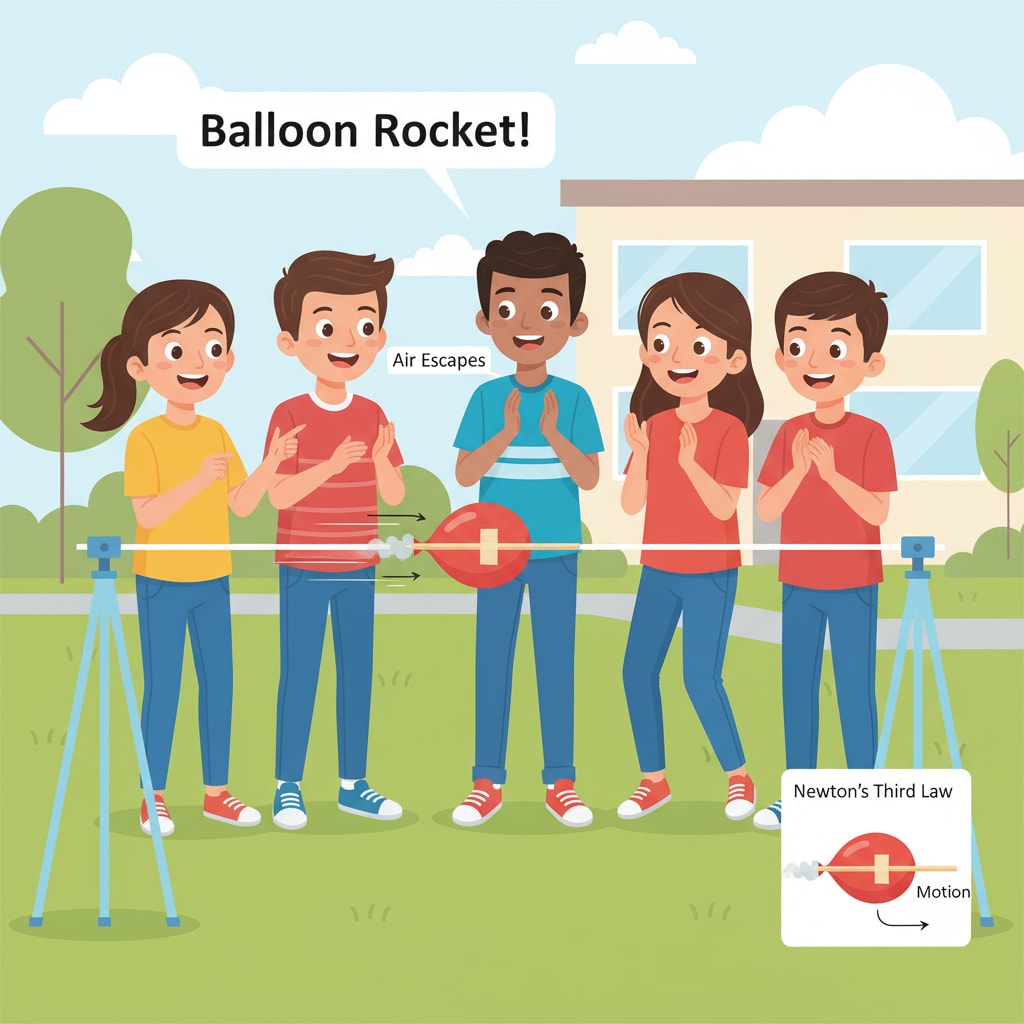Science exhibition projects, elementary school experiments, and scientific methods are key elements in fostering a love for science among young learners. For students in the lower grades (1 – 4), these activities not only introduce them to the wonders of the scientific world but also help develop their critical thinking and problem – solving skills. Let’s explore some exciting and easy – to – conduct projects.

Simple Science Experiments for Youngsters
One of the most engaging ways to introduce science to低年级学生 is through simple experiments. For example, the “Walking Water” experiment. All you need are a few glasses, water, food coloring, and paper towels. Fill some glasses with water and add different colors of food coloring to each. Then, place paper towels in a chain, connecting the glasses. As a result, water will slowly “walk” along the paper towels, demonstrating the capillary action. This experiment is not only fun but also teaches kids about the properties of water. Capillary action on Wikipedia
Fostering Scientific Thinking
When planning these projects, it’s crucial to focus on scientific methods. Encourage children to ask questions, make predictions, and then test their ideas. For instance, in a “Balloon Rocket” experiment, where you attach a balloon to a straw on a string. Before releasing the balloon, ask the kids to predict how far it will travel. After the experiment, discuss why it moved and what could be changed to make it go farther. This process helps them develop scientific thinking. Scientific method on Britannica

Another great project is making a “Lava Lamp.” Use a clear plastic bottle, vegetable oil, water, salt, and food coloring. Pour water into the bottle first, then add vegetable oil. The oil will float on the water due to its lower density. Add a few drops of food coloring, which will sink through the oil and mix with the water. When you add salt, it will cause the colored water to rise and fall, creating a lava – like effect. This shows the concept of density and solubility.
Readability guidance: These projects are designed to be accessible and engaging for lower – grade students. By using common household items, we make science more relatable. Each experiment has a clear learning objective, whether it’s understanding a scientific concept or practicing scientific methods. Through hands – on activities, kids can actively participate and learn in a fun environment.


